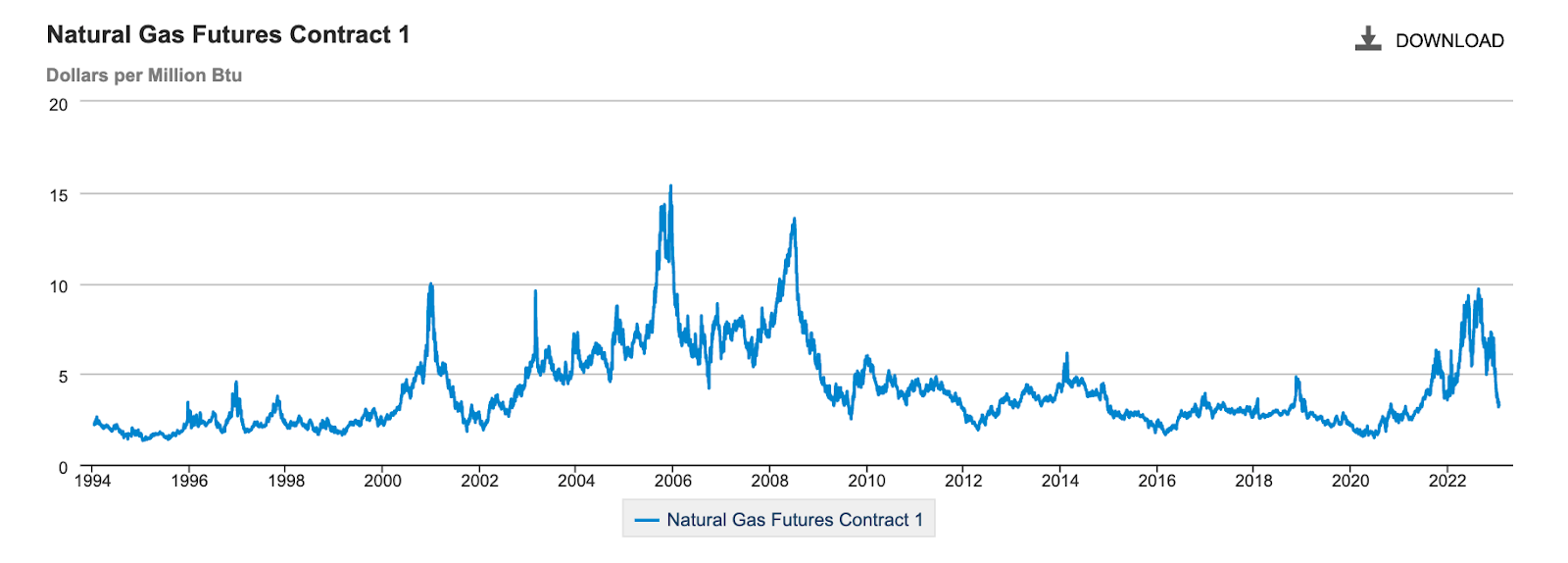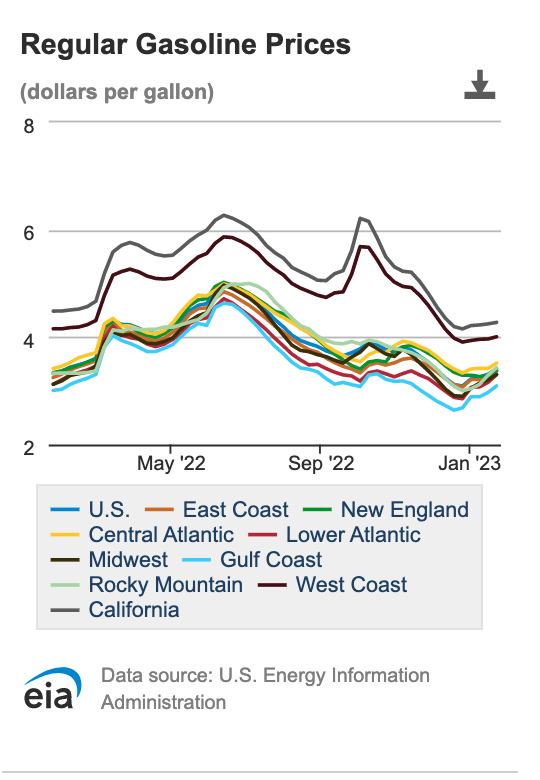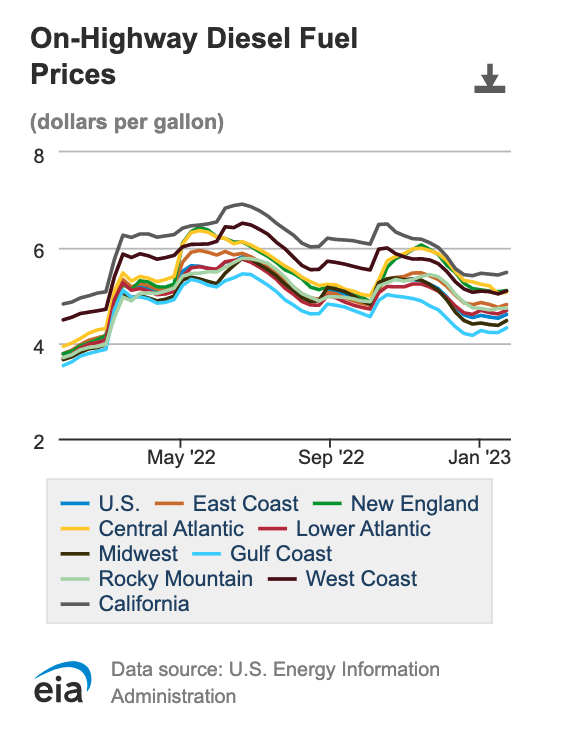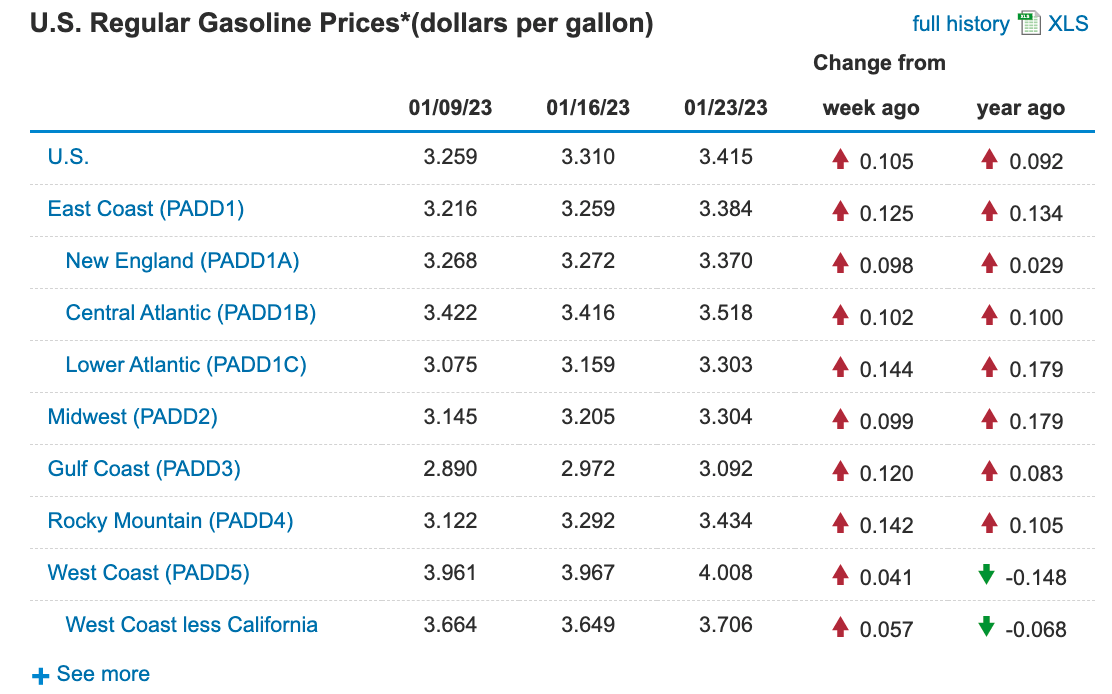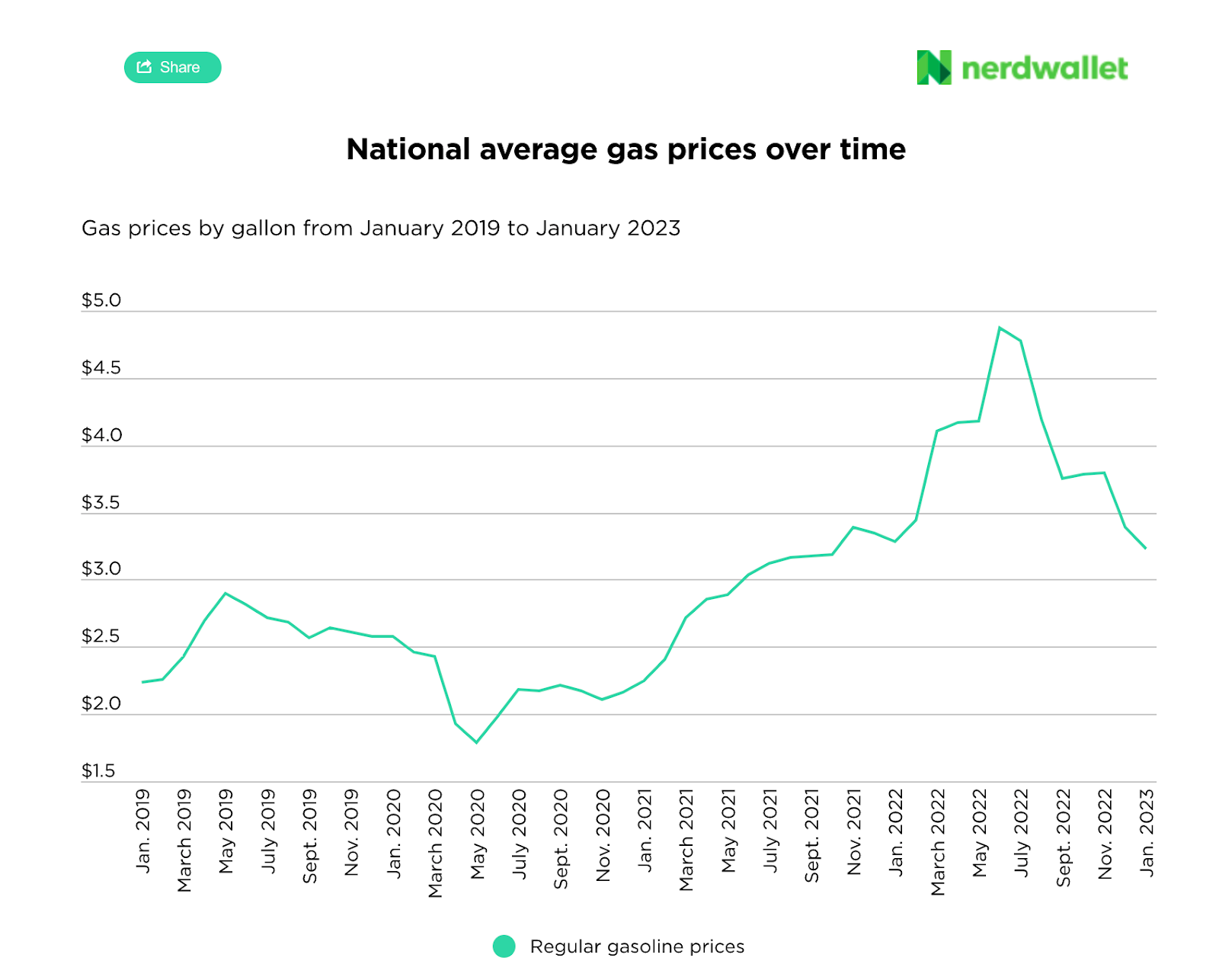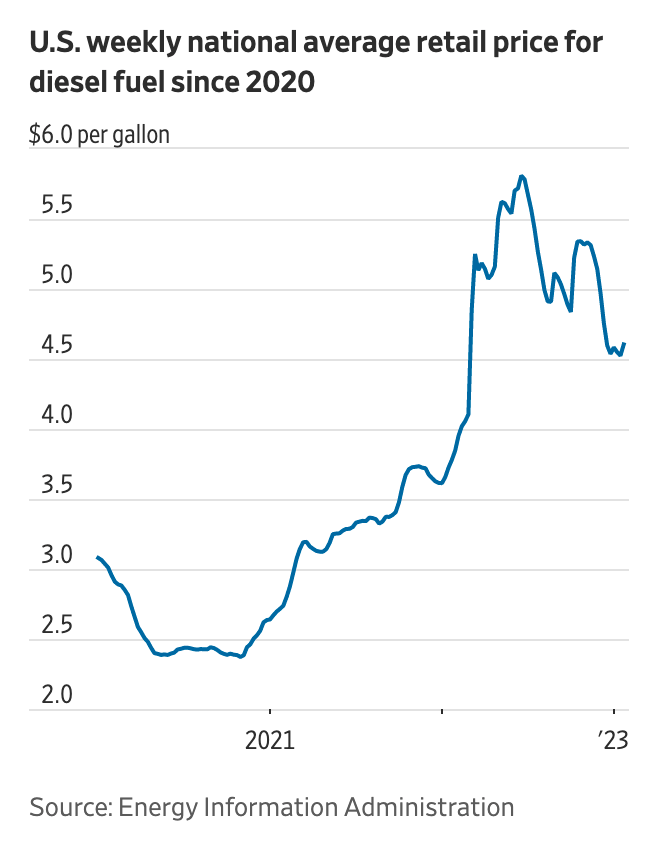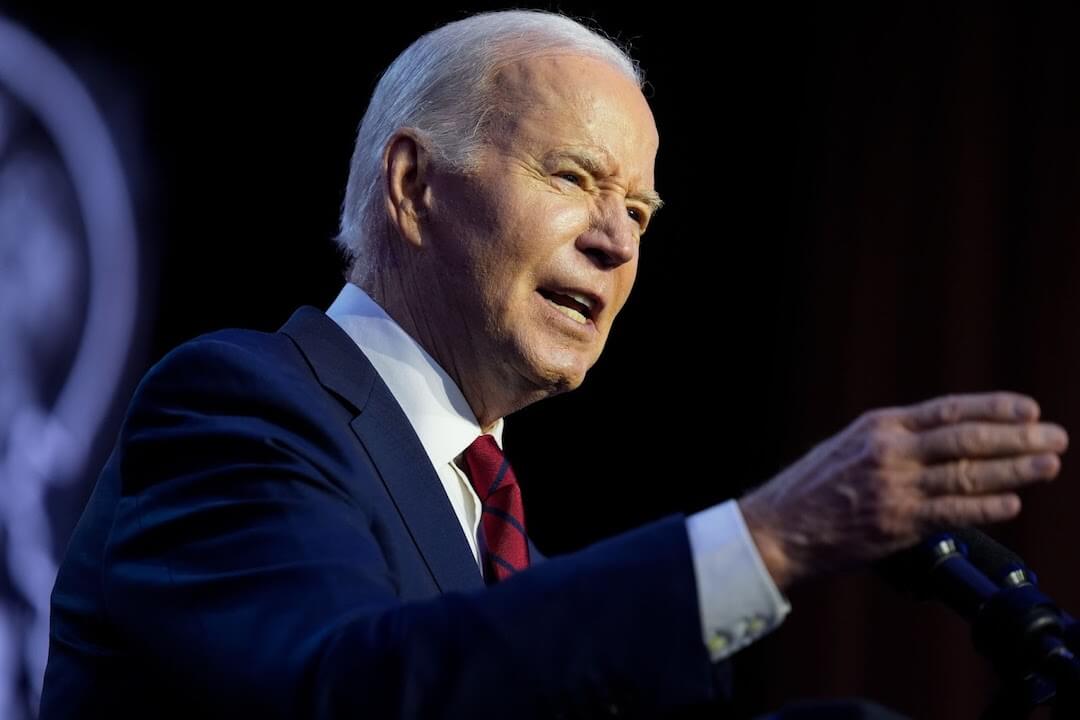
The Morning Meeting with Al Tompkins is a daily Poynter briefing of story ideas worth considering and more timely context for journalists, written by senior faculty Al Tompkins. Sign up here to have it delivered to your inbox every weekday morning.
Natural gas prices, which spiked last year, plunged this week. Gas prices are the main ingredient in how much you pay for electricity.
The industry website NaturalGasIntel reports:
U.S. natural gas prices continued to slide Monday after hitting their lowest point since 2021 last week, following other global benchmarks lower during a warm winter.
The lack of consistent or enduring cold this winter has clearly weighed on prices, and the upcoming pattern appeared poised to deliver more of the same.
“What’s been the primary issue to the bullish case this winter has been frigid patterns haven’t been able to last more than five to six days before a much warmer pattern is close on its heels,” NatGasWeather said. This is “exactly what’s setting up for the next 15 days.”
U.S. natural gas prices fell 5% to less than $2.70 Monday morning—pushing losses more than 72% below an August high of roughly $9.70 and at one point hitting what would be the lowest closing price since April 2021.
Those high prices encouraged gas producers to pump out more gas, but the increased production has resulted in an oversupply, which is driving down prices.
Natural gas production is rising and natural gas supplies are growing. Even if you do not use natural gas to heat your home or fuel your appliances, the price of natural gas is a big influence on electricity prices. Natural gas fuels many of America’s power plants and the price of fuel is the single biggest component of the overall cost of operating those plants. In the last couple of decades, even coal-producing states have converted to natural gas to produce electricity.
From June 2021 to summer 2022, natural gas prices doubled. As the Entergy utility company told customers:
Natural gas accounts for about a quarter of global electricity generation. After COVID-19 restrictions began easing in 2021, global demand for natural gas gradually picked up, and then supply was constrained because Russia’s invasion of Ukraine in February reduced supplies to Europe. Natural gas prices have more than doubled when comparing June 2021 with June 2022.
Now that natural gas prices are falling, will your local utility company be announcing lower rates?
Gasoline and diesel prices are rising, again
It is a different story for gasoline and diesel prices. Both are rising, and there is every indication that they will rise further.
There are several contributing factors to the rise. The Detroit Free Press reports:
“Rising gas demand and elevated oil prices have contributed to higher prices at the pump,” Adrienne Woodland, a spokeswoman for AAA, said, adding that if demand remains high, “drivers will likely see pump prices increase through the week.”
Demand for gas nationally rose slightly from 8.05 million to 8.14 million barrels a day, according to the Energy Information Administration. Winter storms at the end of 2022 contributed to tighter supply, but the milder winter this month may have led to more drivers getting behind the wheel, pushing pump prices higher.
Crude prices rose slightly last week due to a falling dollar, with West Texas Intermediate increasing by two cents to settle at $80.15 a barrel last Wednesday, and there has been market speculation that global oil demand will be more robust than anticipated in 2023 due to China reopening its economy after COVID-19 lockdowns.
Diesel users are still getting pounded by high prices
Diesel prices on the charts above do not seem to be moving much, but they are already high, and experts predict they will remain more than a dollar a gallon above gasoline prices into summer 2023.
Pull back to pre-pandemic prices and you can see the pressure that truckers and farmers who are about to start springtime fieldwork are feeling:
Diesel supplies are still below season normal and that is partly what is driving up prices. The Wall Street Journal explains:
Based on data from the Energy Information Administration, U.S. distillate stocks, which include diesel, are at least 28 million barrels below the five-year average. The East Coast accounts for more than half that deficit.
Some of the supply issues go back to pre-Covid 19 events, including a June 2019 fire that took out a key East Coast refinery. The Philadelphia Energy Solutions refinery had provided about 30% to 35% of diesel to the mid-Atlantic and Northeast markets. The permanent loss of that refinery has made the East Coast dependent on supply from a pipeline to the Gulf Coast and overseas imports, as well as local refineries.
A few more events on the horizon are likely to keep prices for refined products like gasoline, diesel and jet fuel at relatively high levels through the second quarter.
The first is the U.S. refining maintenance season.
This is expected to be a year of hefty maintenance because refineries deferred important work during 2020 and 2021 due to Covid-19. Many limited the movement of outside maintenance contractors on their sites, and in 2022 maintenance work was put off as companies sought to shore up deteriorating profit margins.
But refineries can’t postpone maintenance forever, and the bill is coming due in terms of costs and down time at the facilities.
The global crude oil and natural gas supply will tighten Sunday
On Feb. 5, this Sunday, the European Union’s long-awaited restrictions on Russian refined oil products begin to take hold. While European countries have tried to find new ways to replace Russian oil, it will be hard to replace all of it. They will have to import from father away and that will be expensive. Keep in mind, oil and natural gas are global products with global demand. What happens in one part of the world can hike prices everywhere.
The U.S. Treasury Department explains the restrictions:
The members of the G7 (the United States, Canada, France, Germany, Italy, Japan, and United Kingdom) and Australia (collectively, the “Price Cap Coalition”) are joining the EU in adopting a price cap of $60/barrel on seaborne crude oil of Russian Federation origin. The price cap is an important tool to restrict the revenue Russia receives to fund its illegal war in Ukraine, while also maintaining a reliable supply of oil onto global markets. This policy is especially critical to make oil supplies available in low- and middle-income countries hit hard by the effects of Russia’s war.
Raising chickens to avoid buying expensive eggs sounds like a good idea… but…
This sounds like an idea I would float to my wife. “The price of eggs is high, so why don’t we just get some chickens, and then the eggs are free.”
The Wall Street Journal says lots of people share that idea, so let me help you to think through this.
Tractor Supply Co., the industry’s biggest seller, says it has more than doubled its live chicken business since 2018. The Brentwood, Tenn., company expects to sell 11 million chicks this year. Purely Poultry, a direct-to-consumer chicken supplier in Durand, Wis., reports a 29% uptick in new accounts and a 28% increase in sales compared with this time last year.
Chicken-rearing is also taking off on social media. Videos tagged with #chicks have a collective 1.1 billion views on TikTok. (Scrolling finds this really is mostly about birds, not people.)
Out of the 70 day-old chicks available at a farm store in Terrytown, La., on Saturday morning, only seven were still looking for homes by noon. Chicks are now the most requested item at Double “M” Feed. Manager Shawn Robair estimates sales are up 20% from this time last year, with birds selling at around $5 each.
Chickens generally eat about 20 cents worth of food a day. A coop can cost a few hundred to a couple of thousand dollars, depending on how fancy you get with watering and heating. Some chickens do not lay eggs in cold weather. Chickens generally don’t lay eggs after a certain age, around 6 years old. They can live to 12, so you will have a half dozen years where you are feeding the chicken and getting nothing but love in return. Add in veterinary costs, pest control costs, time cleaning the coop and tending the flock.
The blog Fresheggsdaily notes:
The simple answer is, initially, no. Raising chickens for eggs won’t really save you money. There’s almost no way that you can possibly raise chickens on a small scale as economically as the large commercial farms can.
On the upside, chickens do eat bugs, including ticks.
The best advice seems to be if you want to raise chickens because you like chickens, then go for it. If you are counting on saving money by producing eggs, my advice would be to go big. Now, raising ostriches … that is a great idea. Let me explain how that would work …


